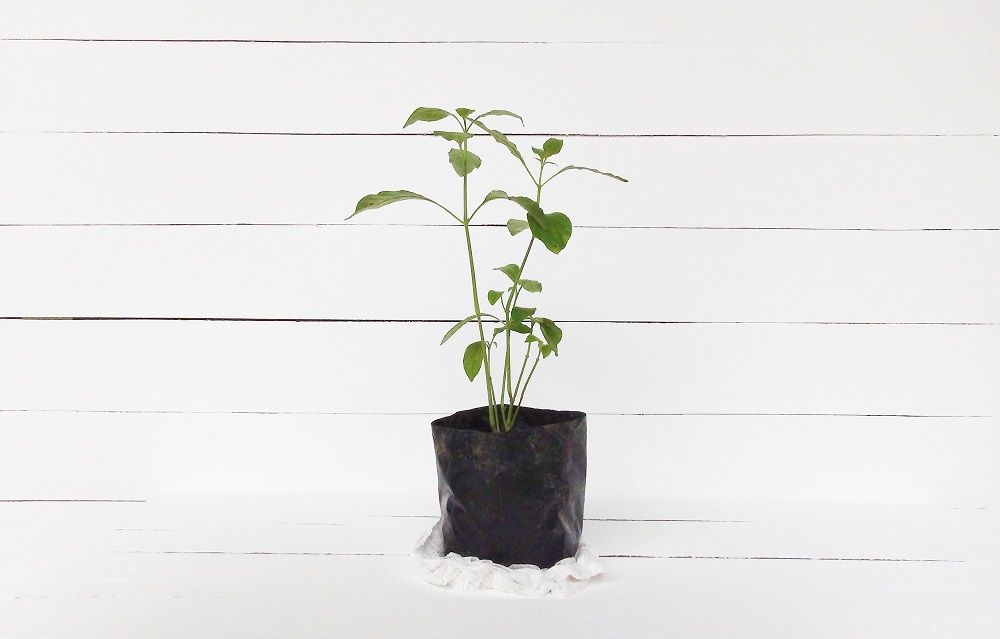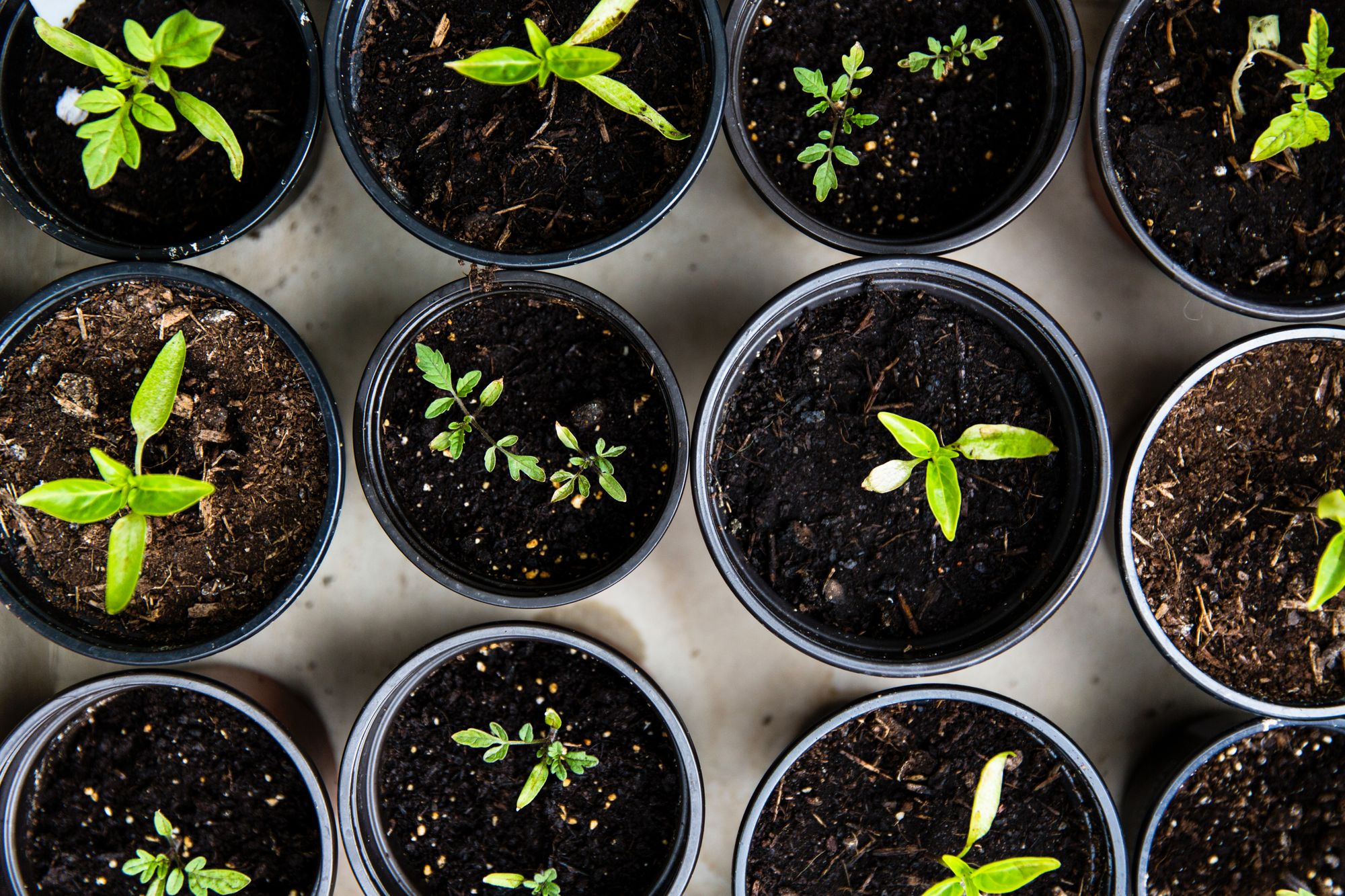Companion gardening is smart gardening: it helps you grow your veggies faster, protects them from insects, and gives them the necessary shade. The question is: who is whose Best Plant Friend Forever?⠀
⠀
Check out my new article and find out everything you wanted to know about companion gardening!

Plants on Mars
Most things in life involve relationships.
Plants are no different. From the micro to macro, plants rely on a community of other organisms for survival.
In fact, scientists exploring the possibility of seeding life on Mars point to the lack of microbes in the Martian soil as a key limiting factor they will need to address for plants to be able to grow there.
Here on Earth, vast networks of fungi in the soil break down dying plant and animal matter into more easily absorbed micronutrients. Various bacteria living in, on, and all around plants offer them protection from disease, drought, and even lack of nitrogen.
Many plants require insects to pollinate them, or animals to scatter their seed, and who can forget earthworms to aerate the soil. But did you know plants are also dependent on different species of plants for optimal growth?
Ancient knowledge
It’s estimated that just before European Monarchs brought plague and genocide to the peoples of Turtle Island (aka North America), the indigenous population was between 30–100 million.
Although commonly portrayed as being primarily nomadic hunter-gatherers, the majority lived in villages, towns, and even cities of up to 200,000 inhabitants. They were supported by advanced agricultural techniques including irrigation, crop rotation, community composting, no-till permaculture, raised garden beds, and aquaculture via giant floating mats on lakes that allowed for continual watering in times of drought.

The most famous example of companion gardening from the natives is called the “3 Sisters” method, named after the three crops they grew together on mounds, corn, beans, and squash.
In certain climates, this method was able to produce much higher yields of corn while also deterring pests.
In this example, the beans fix nitrogen into the soil and climb up the corn which maximizes their access to the sun. The squash provides a ground cover, protecting the roots of the other crops from excessive heat from direct sun, while also shading out and smothering weeds.
Various other combinations of companion planting have been passed down, and are continuing to be discovered to this day. Below I’ll do my best to cover some of the most common to help you get started.

My personal favorite
For years I struggled to grow tomatoes until my uncle Marty suggested I plant basil next to them. He also gave me a book called “Carrots Love Tomatoes,” which I totally recommend for anyone wanting to dive into this topic.
In this companion group, the tomatoes provide shade for the basil, which delays it from going to seed for longer which provides for a more abundant harvest. The basil keeps many harmful insects away, such as aphids, mosquitos, and fruit flies.
Planting these together also attracts more beneficial insects which come to pollinate both plants and further aid in keeping harmful insects away. The basil root system tends to be shallow whereas the tomatoes roots go deeper, so they don’t compete with each other for nutrients and water.
I’ve also noticed planting them next to each other reduces root infestations of nematodes, similar to how planting marigolds will also do. Some also say this combination enhances one another’s flavor.
I’m not sure about that, but the flavors do go nicely together! Bruschetta, anyone?

Quick guide — Best Plant Friends Forever (BPFF):
Note: Below are just a few examples. Some plants have neither positive effect on each other and some can have negative effects, so be sure to do a little research.
Peppers: Spinach, Radish, Lettuce, Basil, Leeks, Chives, Garlic, Marigolds
Carrots: Radish, Lettuce, Carrots, Chives. (Avoid: Parsnips and Dill)
Cucumbers: Carrots, Beets, Peas, Beans, Radish, Nasturtiums, Sunflowers
Eggplant: Tarragon, Thyme, Spinach, Beans (Shorter varieties to avoid over shading)
Cabbage / Broccoli / Cauliflower: Dill, Beans, Celery, Basil, Onion, Beets, Nasturtiums, Chamomile, Zinnias Anise. (Avoid: Eggplants, Tomatoes, Peppers)
Spinach: Beans, Cabbage, Cauliflower, Eggplant (for shade), Radishes, Celery, Squash, Onion
Corn: Beans, Peas, Melons, Cucumbers, Potatoes, Sunflower, Lettuce Geranium
Strawberries: Lettuce, Beans, Spinach, Thyme. (Avoid: Cauliflower, Cabbage, Broccoli)
Raspberries: Garlic and Marigold (For Fungal Disease), Turnips (For Harlequin Beetles). (Avoid: Blackberries, Tomatoes, Potatoes)
Squash: Radish, Beets, Carrots, Beans, Catnip, Marigolds, Nasturtiums
Potatoes: Beans, Peas, Broccoli, Cauliflower, Cabbage, Squash, Basil, Marigold Sweet Alyssum (to attract insects that prey on potato eating insects). (Avoid: Pumpkin, Cucumber)
Asparagus: Carrots, Tomatoes, Dill, Basil, Parsley, Tomatoes. (Avoid: Potatoes, Garlic, Onion)

Pest control plants
In the list above, you probably noticed a few plants that you wouldn’t want to eat, but which keep pests away.
If you are having problems with a particular pest, do a little research on plants that can help prevent them. For example, cats hate the smell of onions and avoid them (they are toxic to them), so if you plant them in your garden bed, it will likely keep cats from using it as a litter box.
On the other hand, if you want more cats in your garden, you can always add a little catnip, which is apparently euphoric for them.
Other uses
I personally choose to plant certain things in my garden specifically to provide extra shade or ground cover since I live in a hotter area.
My favorite plant for shade is Moringa because its leaves are very nutritious and it doesn’t block too much of the light, allowing plenty of filtered light to come through even when they get tall.
I like planting aloe, mint, Beijing grass, turmeric, and Okinawa spinach in areas where I don’t want to have to weed although they tend to have a neutral effect on other plants (they aren’t usually considered beneficial as companion plants, but they are all still highly nutritious and/or medicinal).
Hope this helps! If you want to know more about me and organic gardening, check out our YouTube channel.


